Reportar esta entrada
Más sobre la misma comunidad-colección
Dr. Judson F. Williams - Mayor 1963-1969
Dr. Judson F. Williams was the mayor of El Paso from 1963-1969. ...
Raymond Telles- Mayor 1957-1959
Raymond Telles was the mayor of El Paso from 1957-1959. Telles ...
John E. Anderson- Mayor 1939-1947 - El Paso, Texas
John E. Anderson was the 25th mayor of El Paso, Texas - his term ...
M. A. Harlan,Mayor El Paso Texas 1937-1939
M. A. Harlan was the 24th mayor of El Paso, his term was from ...
Thomas C. "Tom" Lea- Mayor - 1915-1917
Thomas C. "Tom" Lea was the mayor of El Paso from 1915-1917.
Charles Edgar Kelly, Mayor, El Paso,TX circa 1911
KELLY, CHARLES EDGAR (1863–1932). Charles Edgar (Henry) Kelly, ...

















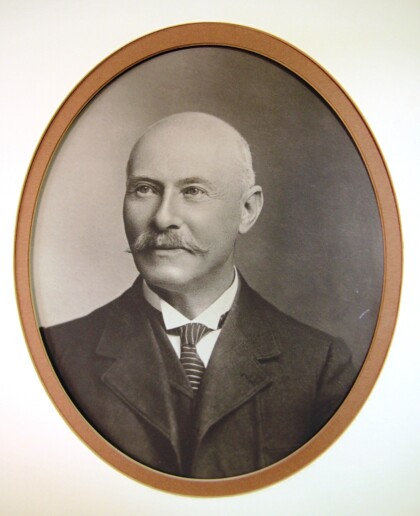
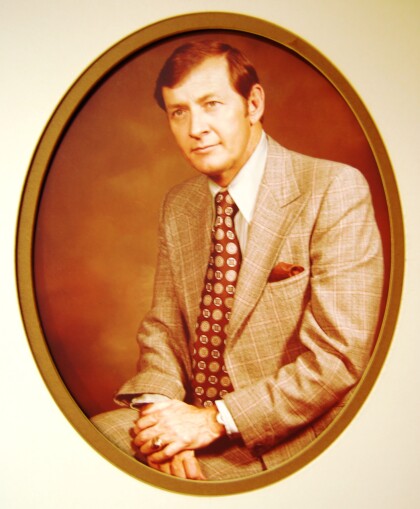
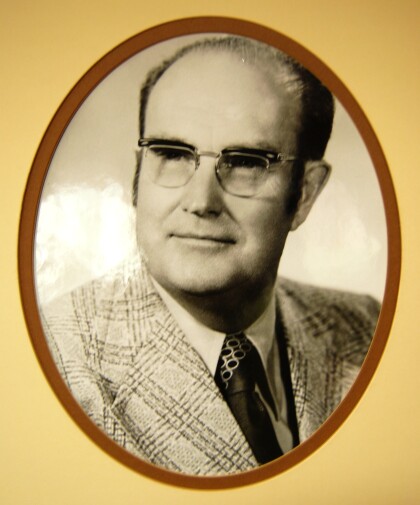
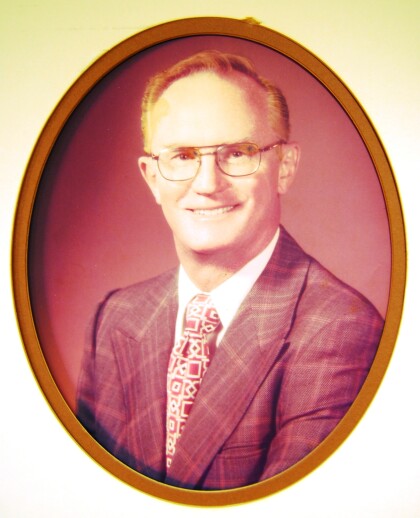
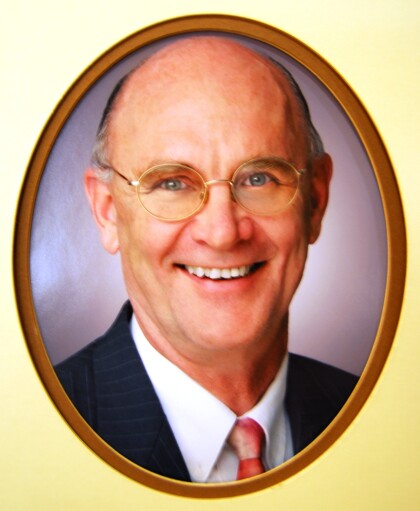
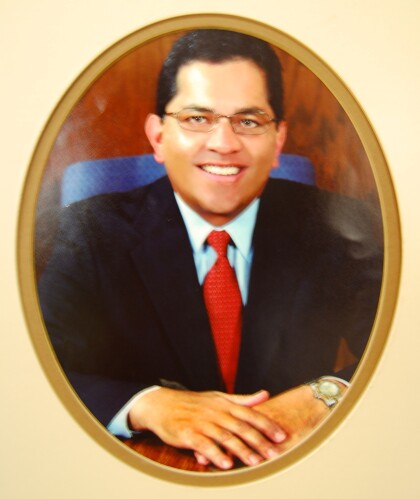
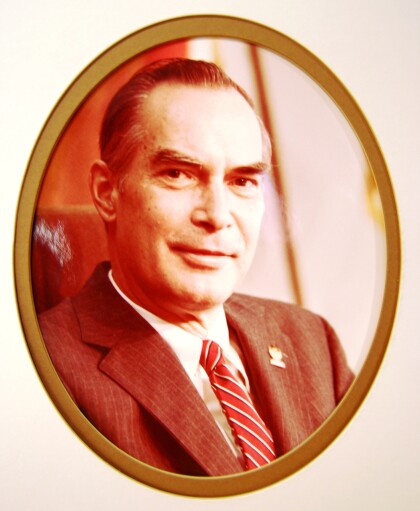
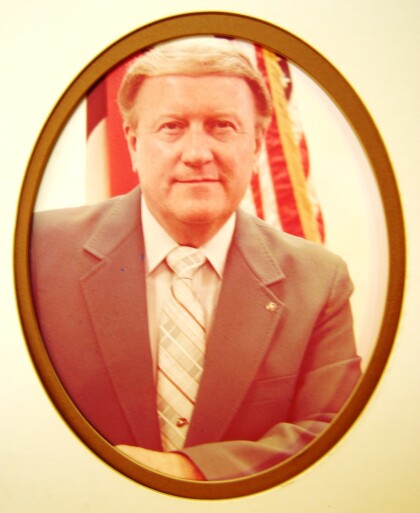
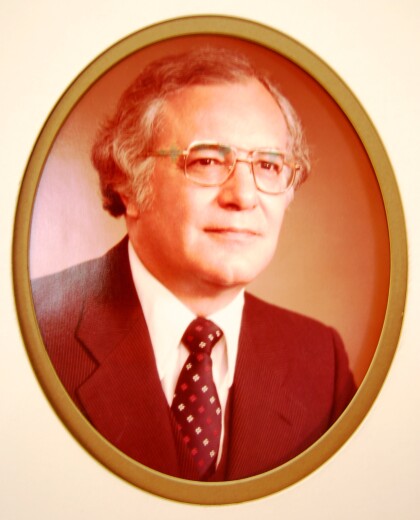
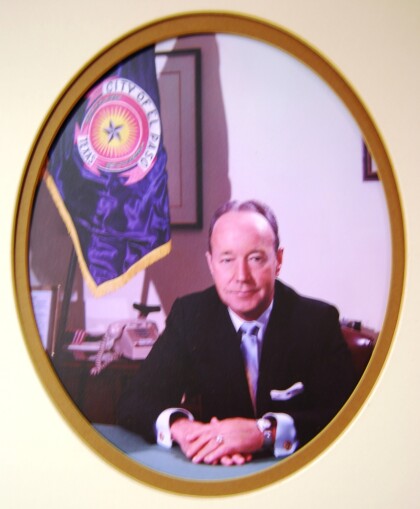
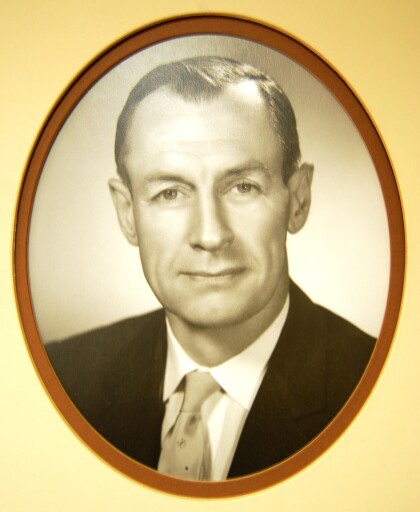
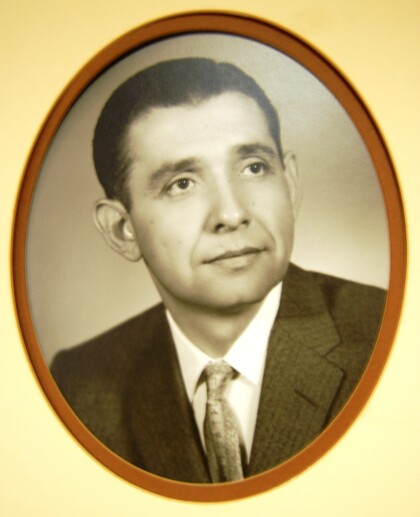
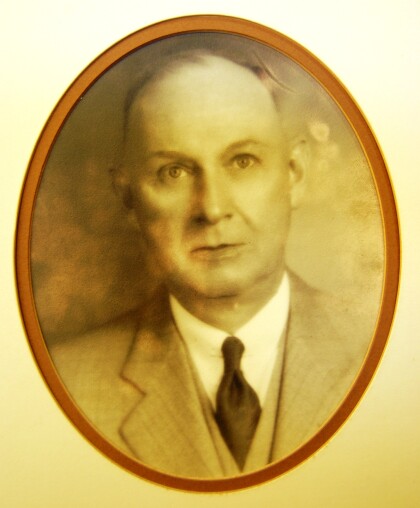
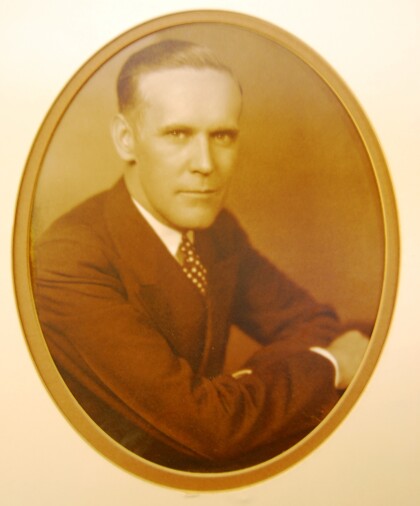
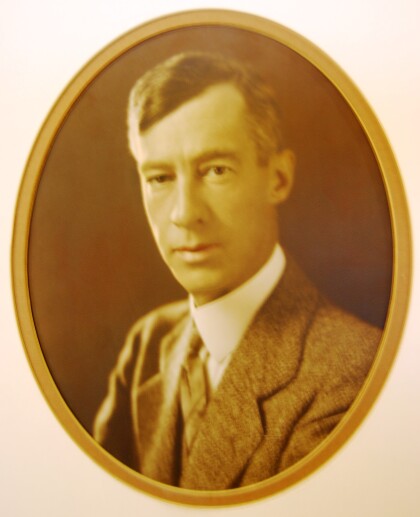
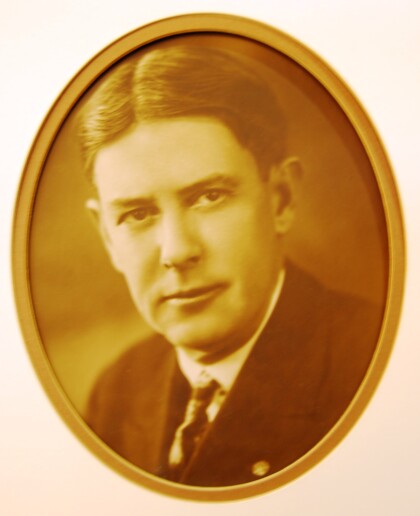
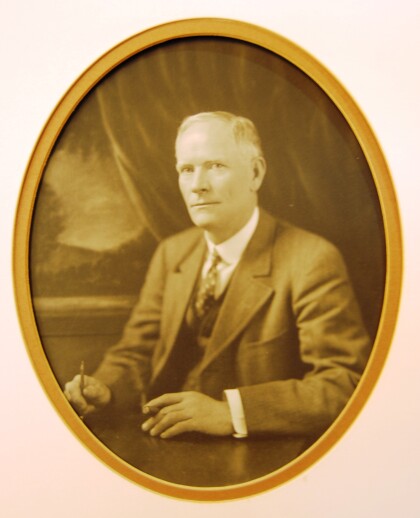
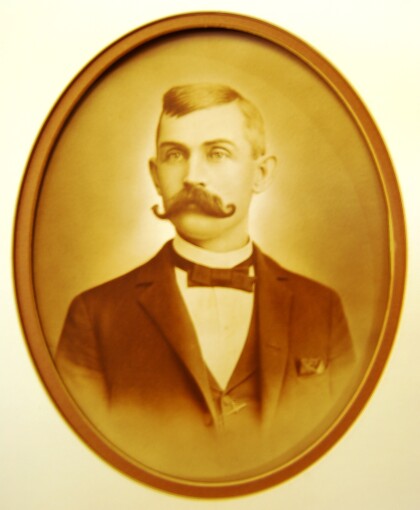
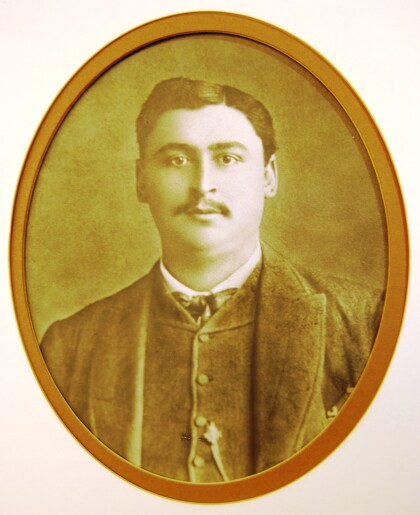
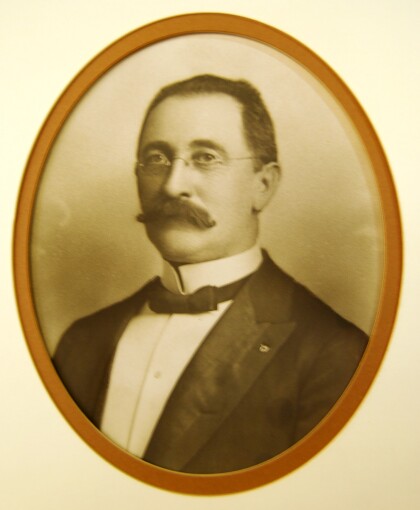
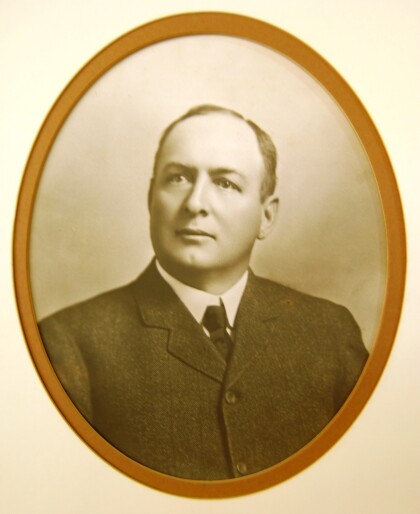
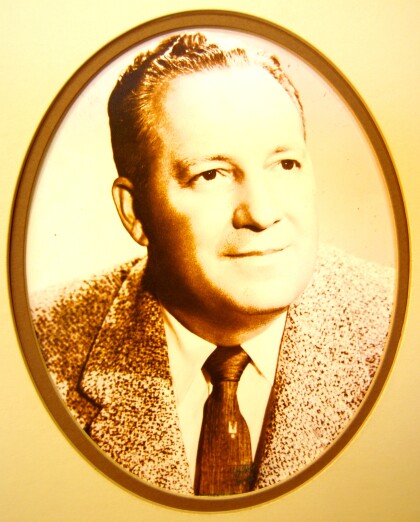
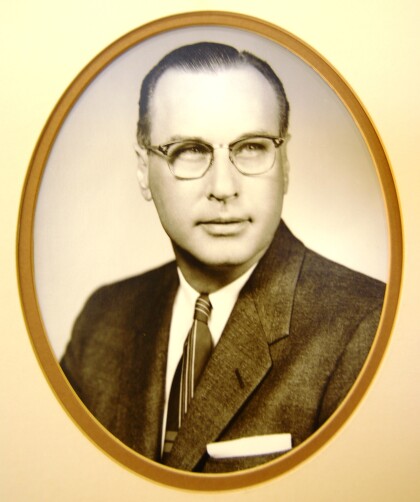
Comentarios
Hacer un comentario